
Dovetailing in with Pete's request for spare parts usage and sources is this captured Viet Cong document entitled "Estimated Production Times for Weapons and Ordnance Spare Parts." This is a portion of Appendix A in Holliday and Gurfield's Viet Cong Logistics, mentioned earlier at Sipsey Street here and in the original pdf file found here.
Remember these are times required to knock out these parts in crude jungle workshops. I'n sure we can do better, if properly motivated by regime embargo. But the important point is that even if we don't have CNC machines, we can still fall back on rudimentary production techniques. Read and learn.
Also, the parts mentioned are no doubt those most subject to breakage. Take note of what the VC thought important enough to produce and stock. Also take note that you would be silly not to buy a spare firing pin now rather than turn one out by hand in a couple of days' of knuckle-busting work later.
Mike
III
"Note: Estimated expenditures for production of weapons and ordnance spare parts and repair of weapons based on capability, facilities, technical skills, raw material available, past experiences ganed by blacksmiths, metal workers and turning lathe units, so as to facilitate the establishment of the quarterly and yearly plan."
Weapon Part Nomenclature Production Time
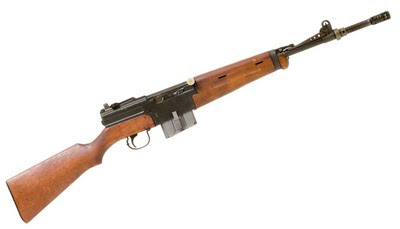
MAS Rifle Spring shackle M 2 Hours

K44 Rifle Extractor 8 hours
Sear 8 Hours
Safety Pin 1 Hour 30 minutes
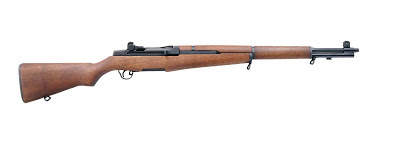
Garand Rifle Extractor 10 Hours

CKC (SKS) Rifle Firing Pin 10 Hours
Extractor 10 Hours
Front sight 2 Hours
Firing Pin 2 Hours
Recoil spring 1 Hour 30 Minutes
Extractor pin 1 Hour
Safety Lever 11 Hours
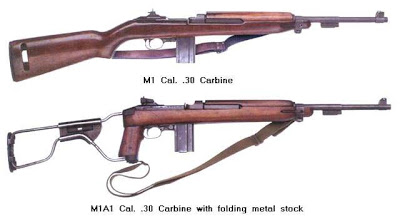
Carbine (M1/M2) Sight 16 Hours
Wooden stock 24 hours
Follower 3 Hours
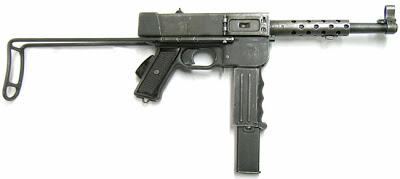
Tulle SMG (MAT) Knob 11 Hours
Cover 8 Hours
Cover spring 30 Minutes

K50 SMG Follower 2 Hours
Leaf spring 4 Hours
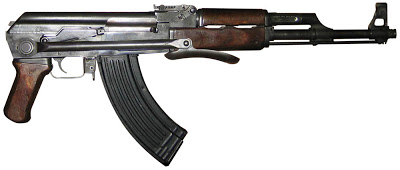
AK47 SMG Extractor 10 Hours
Extractor Pin 1 Hour
Extractor spring 30 Minutes
Knob 2 Hours
Safety sear 1 Hour
Trigger 2 Hours
Recoil spring 1 Hour 30 Minutes
Firing Pin 10 Hours
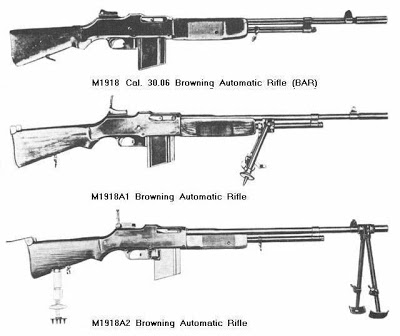
U.S. BAR Rear Sight 1 Hour
Sear 3 Hours
Firing Pin 11 Hours
Recoil spring 3 Hours
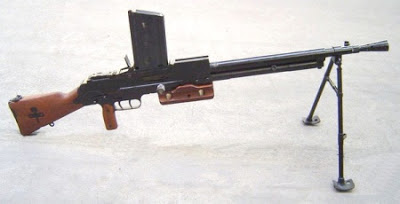
M1924-29 LMG Extractor 8 Hours
Ejector 6 Hours
Tripod 7 Hours
Bipod spring 2 Hours
Connecting Pin 2 Hours
Firing Pin 12 Hours
Recoil spring 4 Hours
Shoulder Pad (Stock) 14 Hours
Barrel spring shackle 4 Hours
Taper pin 10 Hours
Machinegun,MAS Safety pin 4 Hours
Connecting Pin 7 Hours
Tripod lock 12 Hours
Front Lock 12 Hours
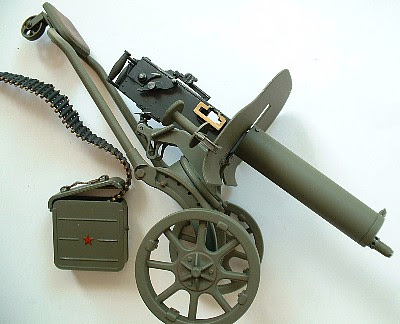
Machinegun, Maxim Firing Pin 12 Hours
Leaf spring V 8 Hours
Recoil spring 7 Hours
Safety Pin 11 Hours
Extractor 10 Hours
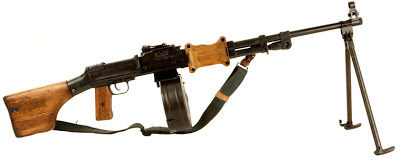
RPD LMG Bolt Latch release lock 12 Hours
Extractor 10 Hours
Extractor pin 11 Hours
Taper pin 10 Hours

57mm Recoilless Rifle Firing Pin 3 Hours
Trigger Hsg screw 30 Minutes
Trigger spring 1 Hour
Trigger cord 30 Minutes
Trigger Housing 30 Minutes
Connecting Pin 30 Minutes
Safety shield 2 Hours
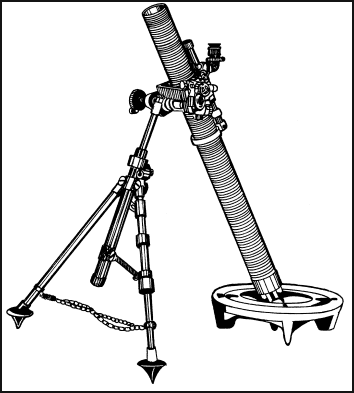
81mm Mortar Firing Pin 8 Hours
Elev. Crank spring 2 Hours
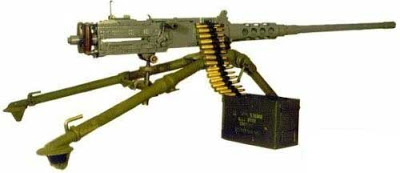
12.7mm M2 HMG Firing pin 10 Hours
Barrel spring shackle 4 Hours
Taper pin 12 Hours
Lock Lever pin 10 Hours
Firing pin lever 16 Hours
Lock spring ret. pin 16 Hours
Trigger release pin 8 Hours

B40 ATW Firing pin 15 Hours
Trigger 10 Hours
Trigger pin 2 Hours
5 comments:
I looked at the requested list and as far as naming parts and sourcing them all, well, that's a lot of weapons and a hell of a lot of constantly varying sources so I didn't even bother trying to compose one. I'll leave that to people with more free time but I'll make a suggestion that would be prudent.
Never hurts to buy "parts guns" and extra weapons of the same sort of rifle and you don't need a cnc machine to make any part of a firearm, it's just some are harder to do by hand.
Mind your headspace as, depending on action types, this can be more or less important if you have to change a bolt or bolt carrier.
You can do quite a bit rather rapidly with a good heat source like a welding rig and or forge, a good bench and vise, files, hacksaws, hammers, and some metal stock. Hell you can make your own wrenches and screwdrivers and such if need be if you have the rudiments of heat, metal and fire, make the files and hacksaw too if need be as well as the vise...not expedient but good things to know.
Another good thing to know is that unwound musical instrument strings, be they guitar/mandolin/banjo up to piano springs, make really good wire for springs you can make and temper in your kitchen oven if need be.
Here's one part suggestion, Garand Front and Sight Gas Blocks and Op-Rods, extra springs and extractable related things don't hurt either and just something not everybody thinks about. You're gonna loose enblocs so don't expect to fight a war with a Garand and only one enbloc clip as you will promptly lose it in battle.
Anything that has a gas system, it can't hurt at all to have spare parts for that part of the mechanism ever.
Since you will be cleaning your weapon regularly as often as poissible as your life depends on it, you might also make a list of the parts you tend to have go "SPROING" and fly out of your firearms at times. There's a significant chance you will lose some of those parts in the field. Different guns have different self launch on detail strip parts, have extras of all of those such parts. You should know your rifle well enough that I shan't need to make a list for you here about what parts for what as you should have taken it apart enough to have to have "prayed to the gods of gunsmithing" on the shop or kitchen floor trying to find that one spring and or the part it launched.
Happy sourcing. There's so many parts sources out there it'd be hard to put together a comprehensive list.
Happy Parts Finding
I’m in the process of quietly acquiring at least two launchers of common calibers I choose to keep around (.308, .30-06, .45, 9MM, ,44 Mag, .38/.357, .380) I should probably lean more heavily to those I can share parts between.
It’s funny you post this as I have been in a nightmare lately of trying to replace the sear spring in a 1911. I have found one local source but try to avoid the place because I despise them. You might know it, they put “This Ain’t No Museum” on the sign out front.
I broke down and went in there Tuesday and found out just how useless they were as they couldn’t produce the sear spring I was told they had except in a full kit marked $39.99 that I was able to order online for less than $20 shipped.
In my rage I realized how badly the AO you and I share needs a quality gunsmith. Perhaps it’s time I learned. Might make a nice supplemental income.
Thing is the best way to learn is from someone else and I don’t know anyone in the biz who’d be willing to teach or if I could even find the time.
Scott:
AGI 371 The Art of Making Flat Springs...you can learn a lot from home on the screen. It's just a teaser but most of their tutorials are pretty good. I attended a formal gunsmithing college and I occasionally buy videos related to specific arms I hadn't messed with much before. There are more people than AGI that do these sorts of DVDs too. I'm advertising for the general concept of learning by watching others do on a screen if you can't find somebody to show you how, not agi or anybody in particular.
Happy learning,
tom
Cheers,
Thanks, Tom.
Last time I looked at learning it was a pre You Tube world. Didn't think about that.
The store where I worked when I first became a gunny used to send mild work back to us in the auto parts department.
Mostly just cleaning up cruddy trade ins.
I did plenty of cleaning up threads with taps and making replacement screws though.
My most advanced and favorite accomplishment was fitting a new cylinder hand on a Colt Python once. Won me much favor with the store owner as he would have taken a bath since he gave good trade money not knowing it was broken.
They don't give doctorates in gunsmithing colleges, even the four year programs, but my business partner and I reckon with both earned PhDs in gunsmithing, machining, casting, welding, and engraving, as well as design principals, by makings LOADS OF MISTAKES before we figured out the best way to do things (so far) because sometimes there's nobody to ask. It's nice to be able to avail yourself of info that's already been learned through the "school of hard knocks and mistakes college" by people that preceded you.
Happy learning,
tom
Post a Comment